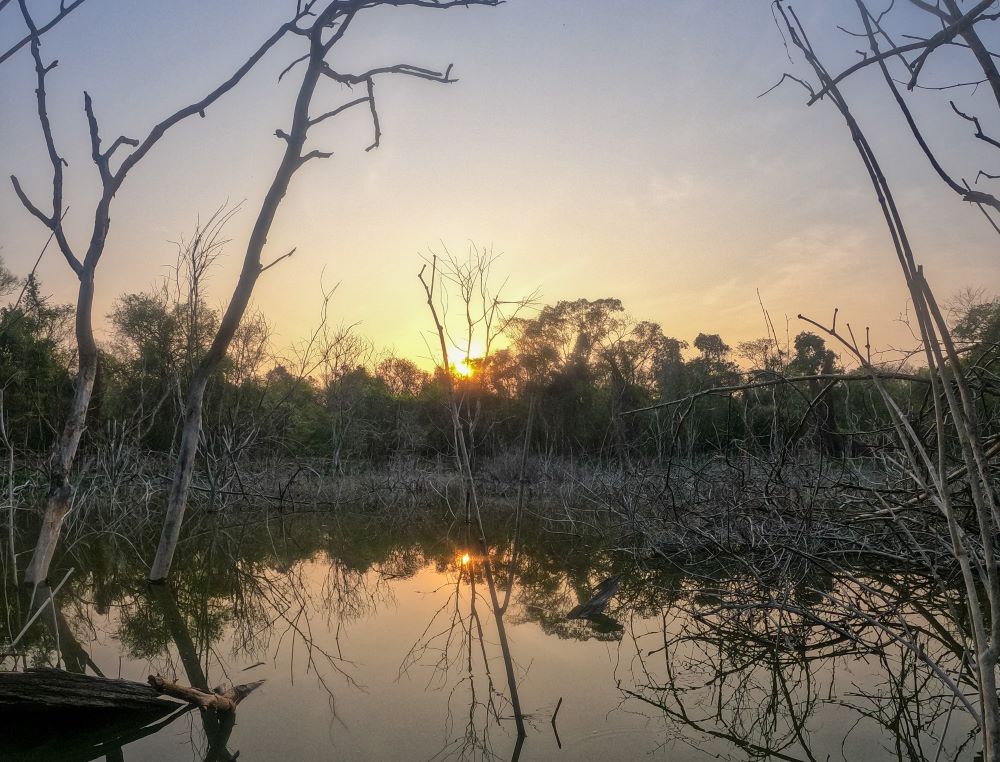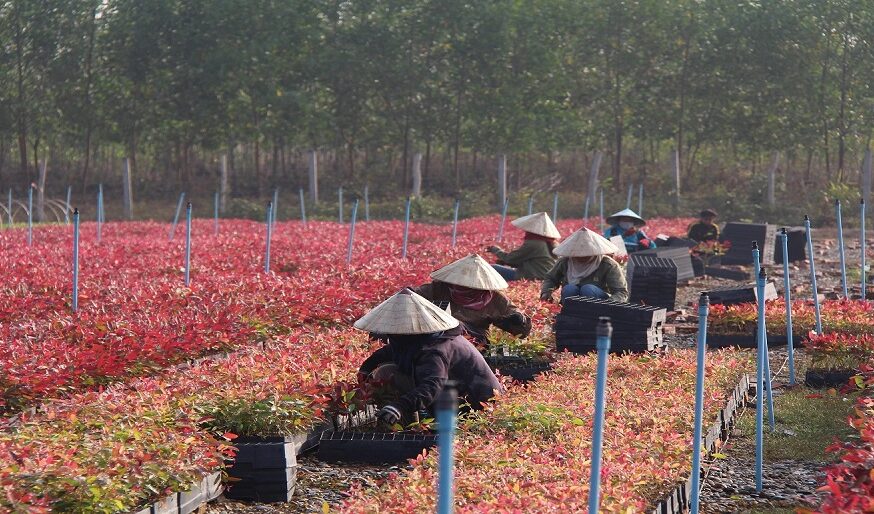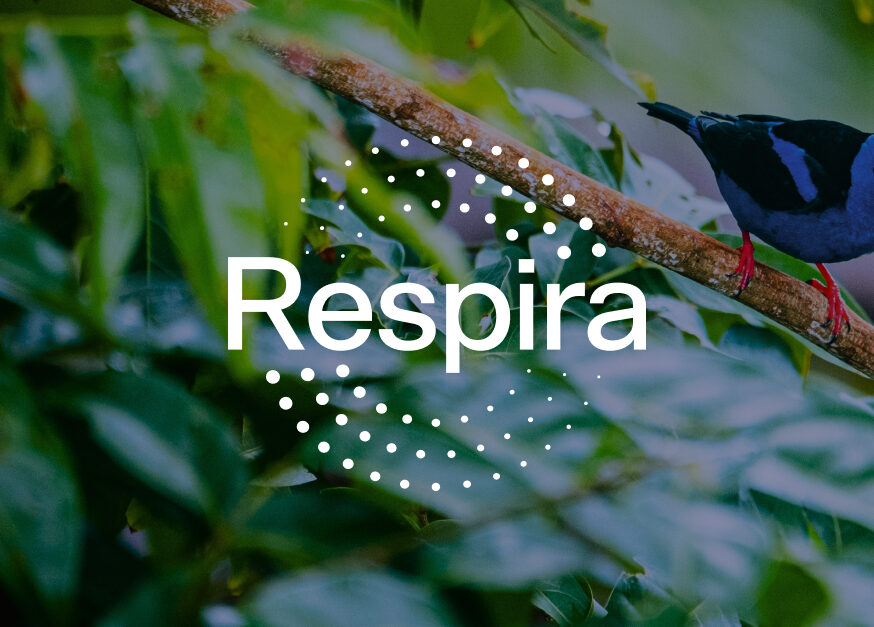Recently, Respira International and Toroto signed a multi-year offtake agreement, making the Conhuás project a flagship addition to Respira’s growing portfolio of high-impact, community-centred projects. Located at the edge of the Calakmul Biosphere Reserve in Mexico, Conhuás is not only a vital biodiversity hotspot but also a living example of how carbon markets can drive economic transformation in rural communities. The partnership will support the community’s efforts to restore and protect its forest, while ensuring long-term financial sustainability through the sale of carbon credits.
In this interview with Ed Hewitt, Respira’s Natural Climate Solutions Lead, Santiago Santiago Espinosa de los Monteros, CEO of Toroto, shares more about the origins of Toroto, the Conhuás project, and the democratic, community-first approach that makes it unique.
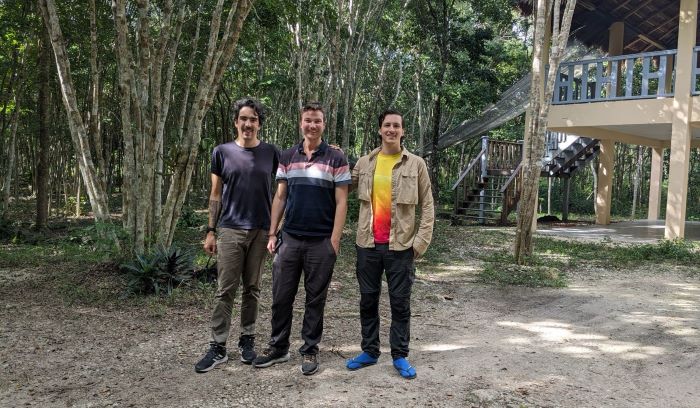
ED: It’s great to get this deal done Santiago – we’re really excited about welcoming Toroto and the Conhuás project into the Respira portfolio. Let’s start off by telling people a bit more about yourself, how you came to start Toroto and the Conhuás project?
SANTIAGO: Of course. My name is Santiago, and I’m the CEO of Toroto, and one of the four co-founders of the company. I’m very excited about this partnership with Respira and having the Conhuás project become a part of its portfolio. We’re very grateful for your support and collaboration over the past few years.
A little bit about me: I studied Renewable Energy Engineering at one of Mexico’s public universities. I’ve always been really passionate about the fight against the climate crisis; I just thought because I’m a very problem-oriented person, that I could help solve it from the energy sector, which is of course one of the main contributors of greenhouse gasses to our economy and our atmosphere.
However, over the years, witnessing the huge impact that we as a civilization are having on nature, and witnessing how few resources and how little operational capabilities are already in place to actually protect nature, I decided to pivot my own professional career to this sector. After a small, private exit which I was able to achieve, I spent a few months reading about forest engineering and restoration biology in general, and ended up convincing three other people to start Toroto with me.
Toroto started out as a very different company from what it is today, but we learned early on that one of the key issues in the global fight against the climate crisis and in the global fight to save nature is the fact that there is not enough capacity at the field level to actually deploy and operate enough high-quality projects. Understanding that the carbon market is one of the most important tools that we have today to finance high quality climate action at the field level, we decided to become a project developer.
So, after a few months of preparing ourselves to deploy and operate projects at the field level, we were able to raise some resources from investors, profits from other accounts, and our own founders to invest in our own proprietary portfolio of carbon projects. The idea would be to pay for and execute the development of the projects ourselves as Toroto, and then sell the credits on the spot market once we were able to do so.
ED: So tell us more about what the Conhuás project is trying to achieve?
SANTIAGO: Conhuás was one of the first three projects that Toroto brought into operation. And Conhuás is one of the first communities that trusted Toroto to develop a project together with the aim of, number one, increasing the ecosystem services that this community provides to the world; but number two, and perhaps more importantly, doing it in a way that benefits the community first and foremost.
At Toroto, we firmly believe that permanence is the daughter of governance. We’re not going to have enough resources as a species to fight the climate crisis twice, so it’s extremely important that the efforts that we’re able to finance become permanent, and that can only be done by carefully rewiring local economies at the community level to make sure that we’re able to have regenerative economies; economies that incentivize the increase in ecosystem services, incentivize the increased health of the nature that is held by communities all throughout the Global South, and Conhuás is no exception.
ED: and what do you think makes it special?
SANTIAGO: The Conhuás project is close to our hearts, not only because it was one of the first projects that we started developing, but also due to its significance for Mexico. The Conhuás community sits in an area that is essential for nature and biodiversity, at the entrance of the Calakmul Biosphere Reservation, a place of great importance for a number of reasons, including that:
- It’s the second largest area of rainforest in the Americas after the Amazon, and it contains a significant portion of the region’s biodiversity.
- The site is an ancient Mayan settlement, home to notable archaeological ruins from that period, which makes the Conhuás community and the Calakmul rainforest in general important bio-cultural areas, both globally and within Mexico.
The Conhuás community faces significant poverty, and was deeply impacted by the global pandemic, in both health and economic terms. Many of the region’s economic activities encourage the loss of rainforest; the objective of this project is to facilitate a transition in the local economy, moving away from a model that encourages degradation and towards one that incentivizes the regeneration and conservation of the rainforest.
To achieve this, we selected the carbon market as a pathway for action. This enables us to create carbon credits in accordance with the Climate Action Reserve (CAR) protocol for every tonne of CO2 equivalent that the Conhuás community is able to absorb from the atmosphere and sequester in the trees and other life forms within the rainforest.
Once more, we at Toroto understand, alongside Respira, that effective governance ensures that landowners of nature-based projects such as these are the primary beneficiaries of the activities as well as the revenue generated by the sale of carbon credits in the market.
One of the reasons the Conhuás project is regarded as particularly innovative is that most of the revenue generated by the sale of carbon credits actually ends up in the hands of the community. Additionally, at least 20% of the project’s revenue must be reinvested into activities that will further advance climate action in the region. These include initiatives such as rainforest restoration, biodiversity monitoring, protection of remaining natural forests, mapping and cartographical analysis, workshops, and community involvement.
The Conhuás project encompasses a range of activities, including reforestation, the management of secondary rainforest vegetation, biodiversity monitoring, and the implementation of pilot initiatives in agroforestry and silvopastoral activities. The idea is to transform the entire Conhuás community into a productive system that prioritises regeneration and conservation over climate degradation, by offering incentives for these activities.
The Conhuás community is owned by approximately 200 landowners, with nearly 900 residents living in this particularly rural area of Mexico. Every one of these families will be the primary beneficiaries of any activity conducted within the carbon market, in collaboration with Respira and Toroto.
This project is special because it demonstrates that it is possible to work alongside a community to transform their local economy into a regenerative one that not only funds climate action but also provides a decent livelihood for the community itself. Without such a transformation, any semblance of permanence will continue to elude us.

ED: I was particularly struck by the democratic decision making by the community when it came to accepting the Respira offer (for context all ejido members needed to vote to approve the deal). Can you tell us more about the philosophy behind this approach?
SANTIAGO: It is noteworthy that the governance structure of this project is distinct and impressive, particularly the involvement of the community in all decision-making processes throughout the project. This extends beyond technical and operational decisions that directly impact their land to also encompass financial and commercial decisions.
For example, together with Respira, Toroto needed to present the commercial offer to the community, and each community member was entitled to cast a vote on whether or not to accept the offer. In the event that the proposal was rejected, it was our responsibility to find a more suitable alternative that would align to the community’s expectations. This happens because absolutely all decisions regarding the project are taken by the General Assembly, which is the council where every community member meets. No decisions regarding the project can be made without the General Assembly. While this process may appear to be slower than other carbon projects, it ensures that every step is carefully considered and that all decisions are made in consultation with the community.
Once things actually happen – and a lot of things have actually been happening in this project – they are happening because they have the intentionality of hundreds of people behind them. All aspects of the project have been discussed. They have been thought through. They have been debated in ways that make the governance of this project extraordinarily robust.
Fortunately, the community did accept Respira’s offer, mainly because it represents a highly advantageous and positive transaction for the community.
ED: We strive to make offers to projects which are fair and useful, but what was it about the Respira offer which made you want to work with us?
We are thrilled to say that the ejido was delighted with Respira’s offer! Not only were they pleased, but we at Toroto were too. There were four pillars that made this deal so attractive for the communities and Toroto: there will be a guaranteed floor price for each credit, as well as a profit share agreement, a long-term value-led partnership and the opportunity to partner with Respira who were not only professional and thorough but also extremely easy to work with and aligned with our mission and values. The offer provides a long term financial security for the project and recognises landowners as the primary beneficiaries. It also means Respira will do its utmost to achieve the optimal possible pricing in the market, as it is incentivised to do so. This offer provides the landowners with their first payment upon the issuance of the credits entering into Respira’s portfolio.
Additionally, should Respira achieve high prices for this project in the market, there will be an additional benefit to both Toroto and the landowners. This is to ensure that landowners are always the main beneficiaries of the project, regardless of the price at which it is sold in the secondary market.
We are immensely proud to have concluded this deal with Respira and are extremely grateful and appreciative of their vision and leadership in addressing climate change, social justice and the optimal structuring of transactions to prioritise those who own the land.
Santiago: Enough about me. I know you look at hundreds of opportunities to partner with projects, so I’m also keen to know what it was about our project in South East Mexico which particularly appealed to Respira?
We are always on the lookout for new projects to bring into our portfolio, especially those which have outstanding impacts for communities and biodiversity as well as being underpinned by robust carbon calculations. As well as the fantastic community benefits, democratic nature of the project and biodiversity aspects discussed earlier, from a strategic point of view, we think this project has a number of characteristics which, when combined, are quite unique. This is a community based carbon removals project with native tree species in a country with lower political risk than many we encounter. As it’s restoring existing forest rather than planting new from scratch, it also generates many more carbon credits over a quicker time period at a lower cost than most pure reforestation projects. Combining these unique characteristics with the very enjoyable interactions we’ve had with the Toroto team to date during our due diligence process, site visits and contract negotiations, we feel this is going to be a winning partnership.
Santiago: That’s great to hear. Finally, what is your vision for the future of the Respira-Toroto partnership?
Of course the immediate job in hand will be to find great corporate buyers for the tonnes from Conhuas. This is a long partnership we will be embarking on together – a commitment from us for five years plus the option of an extra two. We are also keen to add other Toroto projects to the portfolio in the future as it makes sense for us to have more than one project with a developer we like and trust. Watch this space for future announcements regarding this…
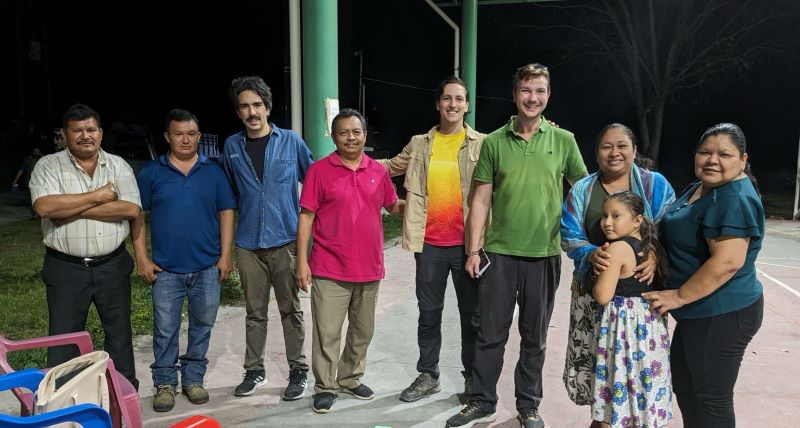
Share this article
